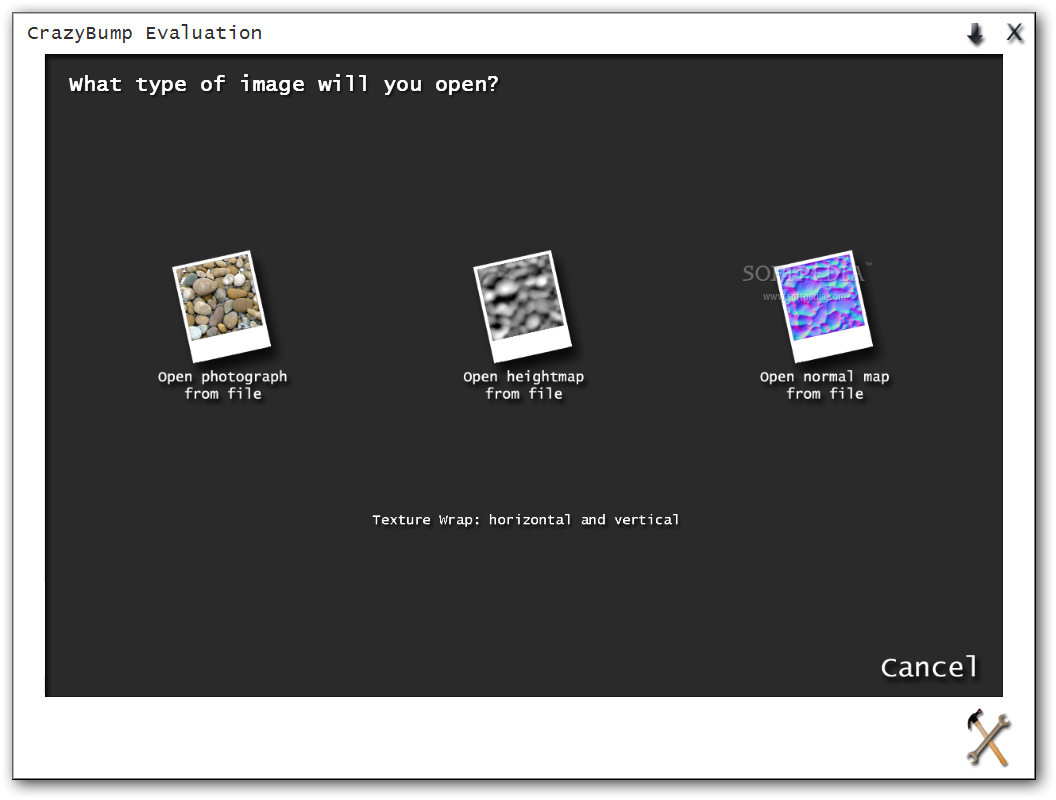

It happens because a flat plane will never show the same way a brick wall would, as the brick wall has cracks and coarseness. Let’s consider a brick wall, for example, you can map a brick wall on a flat polygon plane but chances are there of not looking convincing after the final stage. There are several bumps or depressions have in a model or design, bump maps help to show a more realistic indication of those bumps or depressions.

Bump, Displacement or Normal MapĪ bump map is a little bit complex than the earlier example. Even, different levels of glossiness required between the character’s skin, metal belt buckle, and clothing material. It provides shiny looks to multiple materials used in a game. Specular Maps cannot be avoided while developing a game. Another simple example of specular reflection is the tiny white glimmer in our eyes, just above the pupil. If you’re confused about specular highlights, look for the white reflection on the rim of your coffee mug. Do you know how the name Specular Maps came? If you put a plastic or a ceramic or a metal into a strong light source, you will get the shiny surface of those particles and that shiny area will show you a strong specular highlight. Specular Maps or Gloss Maps shows to the software which area of a model will be shiny or glossy and also helping to identify the magnitude of the glossiness. Except for this map, there are other two maps have and you can avoid those also while creating a 3D design, those are Specular Map and Bump/Displacement/Normal Map. This map is required almost every 3D model which contains a character or environment. This is so simple like adding color to a wood surface or so complex to do a color map for an entire game character.Ī color map is an inevitable subject in a production setting. The name gives the definition itself, adding color to the surface of a model is the most obvious part for a texture map. Let’s have a look at the different types of Mapping Color Maps

Hence, it is a complex process but different types of mapping such as multi-texturing, mipmaps, and more complex mappings like height mapping, bump mapping, normal mapping, displacement mapping, reflection mapping, specular mapping, occlusion mapping, and many other types on the technique have become possible by following this Texture Mapping method. This method reduces the number of polygons and lighting calculation that requires to create a real and workable 3D model. You can simply map pixels from a texture to a 3D surface by using this method. The method was invented by Edwin Catmull in 1974. Texture Map or diffuse map is a process by which the details of high frequency is defined, providing color information or creating surface texture on a computer-generated graphics or 3D model.


 0 kommentar(er)
0 kommentar(er)
